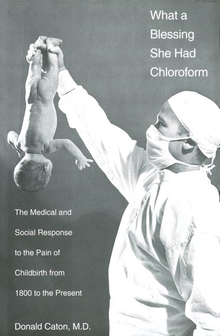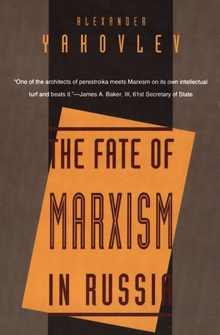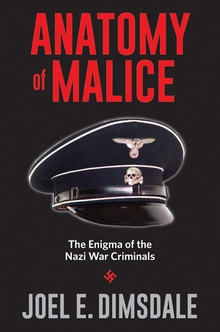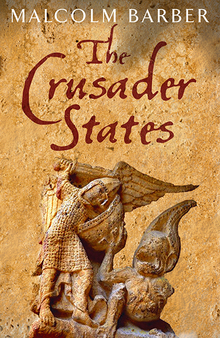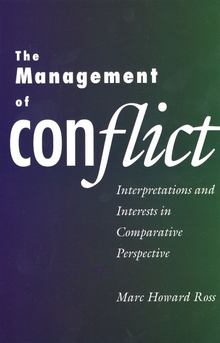What a Blessing She Had Chloroform
WARNING
You are viewing an older version of the Yalebooks website. Please visit out new website with more updated information and a better user experience: https://www.yalebooks.com
The Medical and Social Response to the Pain of Childbirth from 1800 to the Present
Donald Caton
Dr. Caton discusses how nineteenth-century physicians began to think and act like scientists; how people learned to reject the belief that pain and suffering are inevitable components of life; and how a later generation came to think that pain may have important functions for the individual and society. Finally he shows the extent to which cultural and social values have influenced "scientific" medical decisions.
"Caton’s presentation of the evolution of ideas relating to this subject sparkles with clarity, as well as respect for the several points of view of women and their medical allies."—Lawrence D. Longo, M.D., Loma Linda University School of Medicine
"Few writers could tackle this subject with as much knowledge and self-assurance as Caton. He has produced an enlightened synthesis of the medical and social issues, and their tensions and interactions, which envelop the problem of pain of childbirth and its alleviation. Canton’s presentation of the evolution of ideas relating to this subject sparkles with clarity, as well as respect for the several points of view of women and their medical allies."—Lawrence D. Longo, M.D., Director, Center for Perinatal Biology, Professor of Physiology, Professor of Obstetrics and Gynecology
"A major contribution to the literature of medical history."—Ross MacKenzie, M.D., Chautauqua Institute
“The thoughtful reading of this short book . . . can have great meaning and the potential of improving the skills of the anesthesiologist who attends the woman in labor. . . . [This book] is interesting, easily read, and reflective of the real humanity and understanding of its writer.”—Brett B. Gutsche, Anesthesiology
"A fascinating story. . . . [Caton] deals not only with medicine and science but also with the conflicting views among both physicians and the public. . . . An enjoyable and valuable addition to the literature of medicine and society."—William Beatty, Booklist
“Caton . . . has written a fascination account. . . . Both medical and non-medical readers will enjoy this book.”—Felicity Reynolds, British Medical Journal
“The reader interested in obstetrics, anesthesia, and the social aspects of their evolution in the 19th and 20th century will find this book both a pleasure and a considerable resource.”—T.F. Baskett, Canadian Bulletin of Medical History
“Very well written, cogent, scientific, and understandable. It should be in general collections, as well as in those of professional schools. All levels.”—Choice
“Part sociology, part history, part biography, What a Blessing She Had Chloroform is written with insight, wisdom, and wit, not to mention consummate narrative skill. . . . Dr. Caton looks back with scholarly rigor and philosophical candor on the medical advances, personalities, and ideas that determined the changing attitude toward, and treatment of, mothers-to-be.”—Peter Wortsman, College of Physicians and Surgeons of Columbia University
“Wherever you stand on this loaded issue, Caton’s book is a good read. With a light touch, he describes how we used to have babies and the twists and turns along the road to where we are now.”—Bettyann Holtzann Kevles, Fit Pregnancy
“This book is a valuable addition to the literature because it presents the controversies concerning childbirth anesthesia, the arguments both pro and con, from a medical and social historical perspective that has been missing until now. It is easily accessible both to the medical and to the lay reader, and its references and index are a useful guide for anyone who would explore specific topics more fully.”—Sylvia Rinker, ISIS
“A complex, fascinating book. It explains how the current attitudes toward obstetrical anesthesia have evolved. Charmingly crafted, the book balances the discussion between the social forces on physicians and patients with the concerns of medical practice. . . . The book offers a unique perspective on the historical development of obstetrical anesthesia and ought to be mandatory reading for those seeking to understand the needs of both obstetrical patients and the anesthesiologists who care for them.”—Douglas R. Bacon, Journal of the History of Medicine
“What a blessing indeed is this engaging book: wise and full of keen discernment; detailed with insights from medicine, history and literature; leavened with polite but delightfully smart-alecky commentary. This is medical history writing at its best, combining medical theory, social values, the history of anesthesia, changes in the conceptualization of pain, and the women’s movement, spirited along by a gallery of trenchant and at times wacky personalities.”—Catherine E. DeBeau, MD, Lancet
"This book deals with the development of anesthesia, its use in childbirth, and the colorful personalities involved in these events."—Library Journal
"[Caton’s] writing is clear, his voice concerned and his opinions clearly stated. As an obstetrician, he’s in favor of whatever brings children into the world safely and happily; as an anesthetist, he’s against pain."—Ann Finkbeiner, New York Times Book Review
“Caton’s work is scholarly, lucid, and compelling; it adds to the literature on the sociology of medicine.”—Michael J. Stevens, Quarterly Review of Biology
“[This] book is a valuable one. Not the least with respect to its brilliant title: What a Blessing She Had Chloroform captures the residually religious, thoroughly medicalized, highly individualized nature of childbirth in the culture we inhabit.”—Agnes Howard, The Cresset Lent
Publication Date: June 10, 1999
8 b/w illus.

